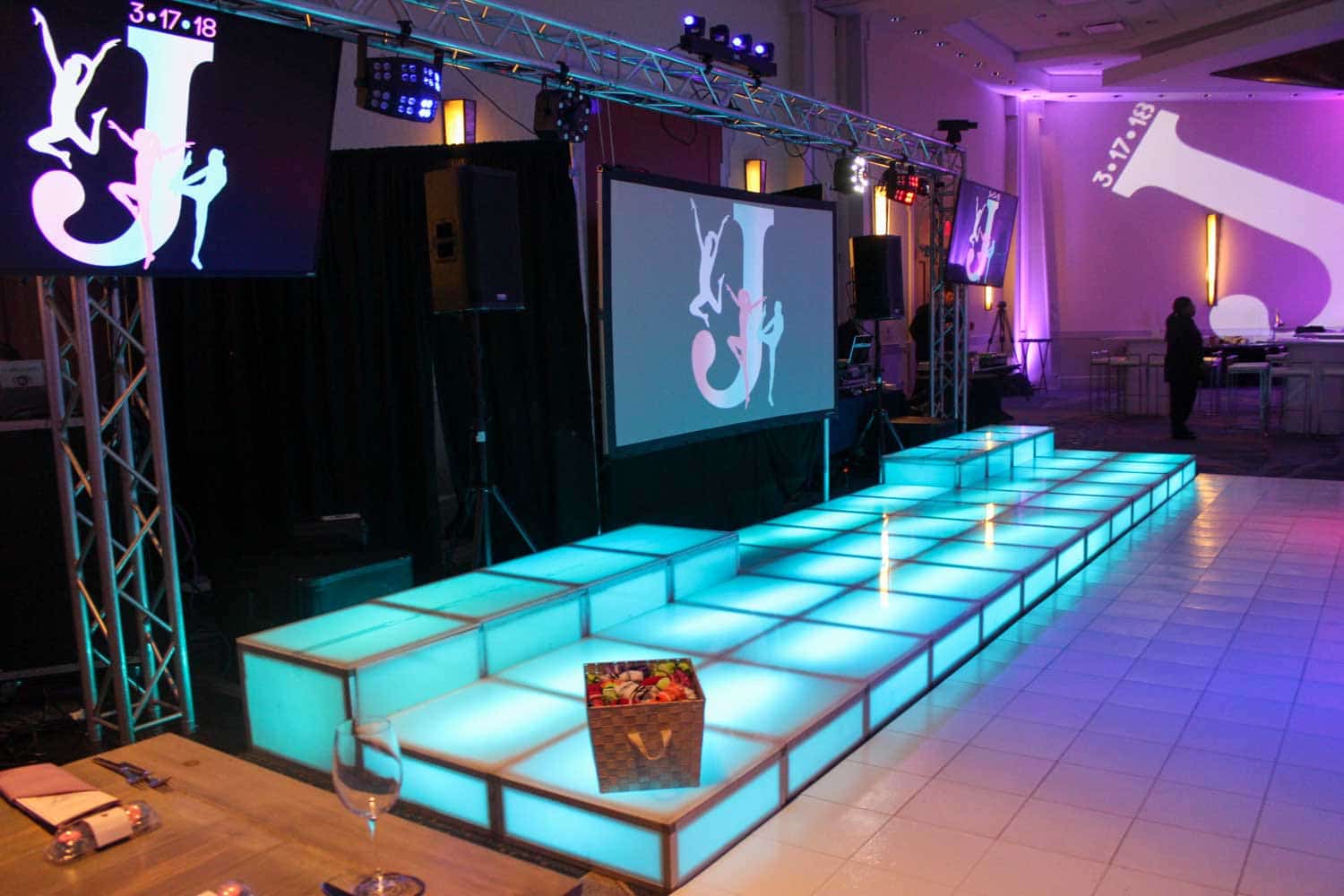Clarifying Light Emitting Diode Wall Screen Illumination Metrics aiming at Optimal Visual Performance
Clarifying Light Emitting Diode Wall Screen Illumination Metrics aiming at Optimal Visual Performance
Blog Article
LED wall screens have become more and more popular in various settings, including residences and businesses and public spaces. These panels are recognized for their bright and vibrant displays, which make them ideal to communicating data, ads, and engagement. However, understanding the brightness measurements of LED panel screens remains crucial to guaranteeing ideal visual performance. Brightness is measured in units called nits, that show the amount of luminosity produced by the screen. A higher the number of nits, the more luminous a visual is. For, example, one panel boasting 1,000 nits stands considerably brighter than one with 500 candelas, rendering this one more suitable for brightly lit settings.
When selecting an Light Emitting Diode panel screen, it is crucial in consider which setting where which it will be used. In brightly illumined spaces, like retail environments and open-air settings, a increased luminosity rate becomes essential for ensure visibility. On the other hand, within dimmer settings, such as theaters or meeting spaces, lower diminished illumination rate might suffice. This excessive bright excessive brightness in a dark environment can result to discomfort for viewers, making them more difficult for concentrate with a screen. Thus, comprehending specific particular needs for the installation location can help in choosing a suitable illumination rate for optimal visual experience.
A further important factor to consider is the contrast ratio of the Light Emitting Diode panel screen. This ratio measurement indicates how much difference exists between the brightest most luminous light versus the darkest dark black that the panel can produce. A higher contrast ratio means read here the display can it is capable of present greater clarity as well as richness, thereby enhances general visual clarity. For instance, a panel with a contrast ratio of 10,000:1 will display images with more vivid colors and crisper features compared to a with a proportion of 1,000:1. This is particularly important when displaying visuals and motion graphics which require high clarity as well as fine details, including slideshows and promotional content.
Additionally, the technology mechanism behind LED wall panels has an essential role in their illumination as well as overall efficiency. Various kinds of LED technologies, including Organic Light Emitting Diode as well as LCD, possess unique traits which impact how brightness is perceived. Organic Light Emitting Diode screens often offer better contrast as well as darker blacks, which can improve a viewing experience in darker environments. Conversely, standard Light Emitting Diode panels may prove to be better in well-lit environments due to their capacity to produce greater amounts of illumination. Comprehending such technological variances will guide users in deciding on knowledgeable choices based on their specific requirements.
Finally, regular care as well as calibration for Light Emitting Diode wall panels may assist maintain ideal illumination and performance long-term. Dirt and particles may build up in the screen, impacting its brightness and sharpness in commercial led display screens the visual. Regular cleaning as well as expert adjustment may guarantee that panel screen operates in top best, providing uniform visual quality. Moreover, some sophisticated Light Emitting Diode panel panels feature built-in built-in options which allow operators to modify brightness settings as well as color adjustments according to their wants. Through implementing these measures, users can ensure that their LED panel screens deliver an best visual efficiency, regardless of where environment in which these are placed.